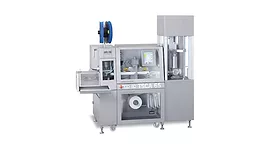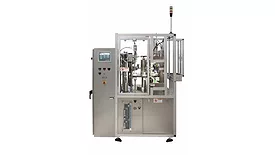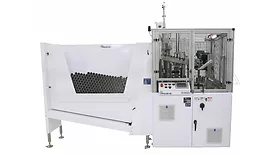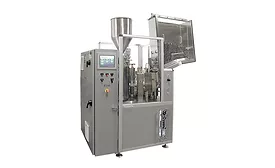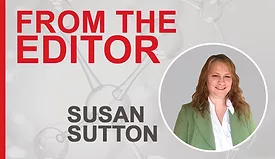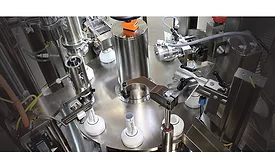Home » Keywords: » filling equipment
Items Tagged with 'filling equipment'
ARTICLES
The Key to Success in Volumetric Filling Systems
How volumetric filling systems help to achieve precise repeatability at high operational velocities.
November 13, 2024
Choosing the Right Filling System
Adhesive and sealant manufacturers have a variety of options when selecting a filling system for their products.
September 12, 2023
Case Study
Tube Filling and Sealing Upgrade
A large contract packaging provider is enjoying a variety of benefits after installing a fully automatic tube filling and sealing system.
December 8, 2021
Keep the info flowing with our newsletters!
Get the latest industry updates tailored your way.
JOIN TODAY!Copyright ©2025. All Rights Reserved BNP Media.
Design, CMS, Hosting & Web Development :: ePublishing
